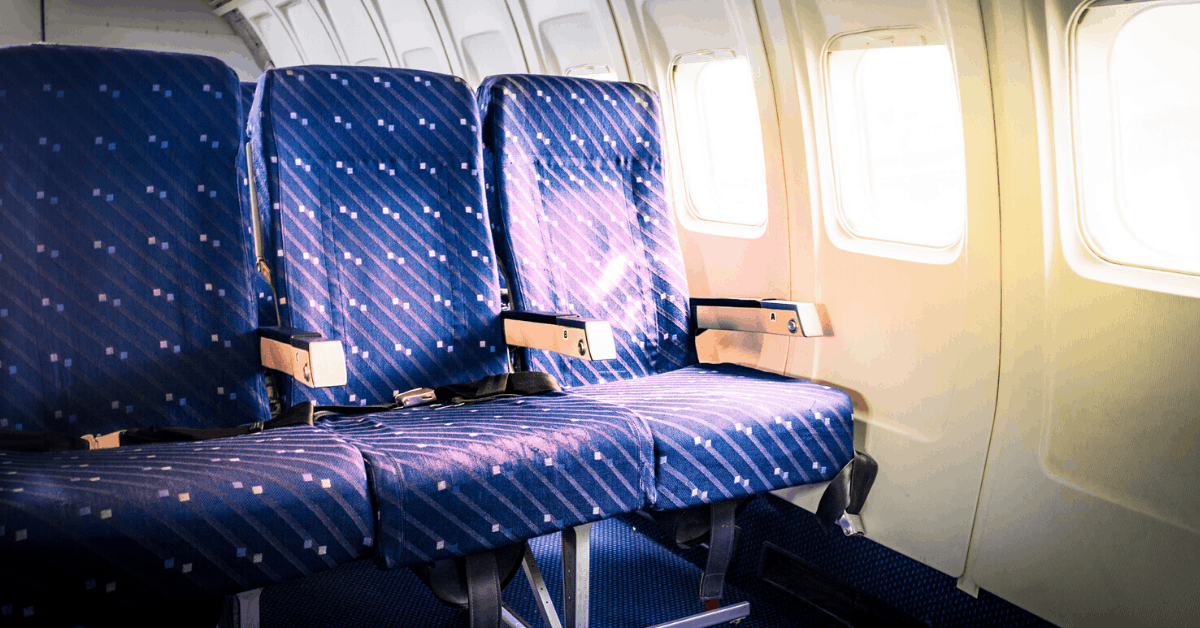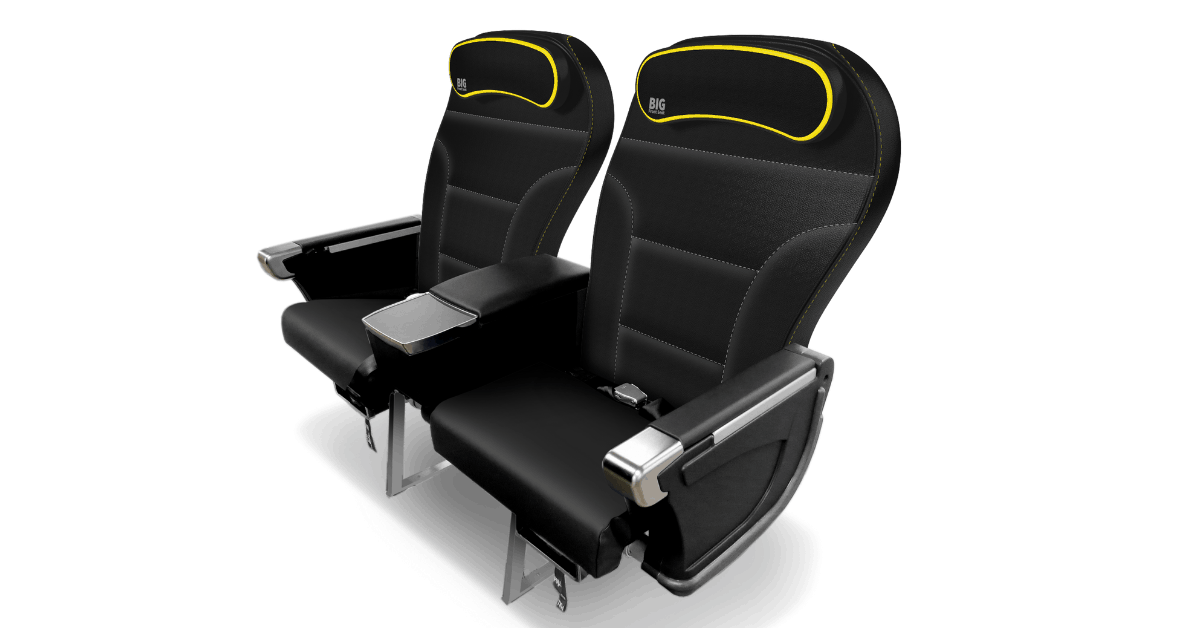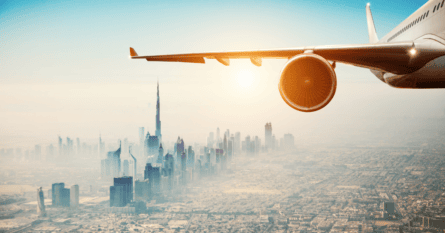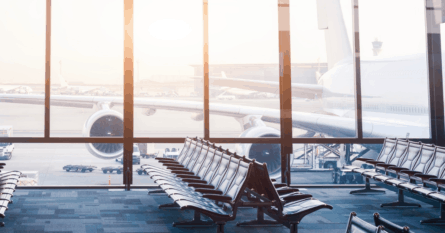Discover how some airline companies are solving the problem of the middle seat.

Nothing can get your journey off to a bad start more than not pre-booking a seat and finding out you’re the last person to check-in, with only middle seats still available.
While your fellow passengers are hunkering down by the window or stretching out their legs in the aisle, you’re stuck in no-man’s land. Not only do you have to wake or pole vault over your fellow passenger every time you want to use the bathroom, but when everyone is awake, you have to battle for the armrests.
If you’re flying first or business this isn’t a problem, but if your company accountant is insisting everyone flies economy as part of a cost-cutting exercise, this is where you’re likely to find yourself.
If you’re concerned by how much this bothers you, don’t worry, for you’re not the only one. Respondents in a recent survey by 3M and the Global Strategy Group said they would rather get stuck in traffic, go on a blind date, or go to the dentist than sit in a middle seat on a full plane. And 50 percent said they disliked the middle seat so much they would take the next flight if it had an aisle seat available.
It’s clear the middle seat on an economy flight is the most hated seat on the plane. But it might not stay this way forever. U.S. aircraft seating company Molon Labe Seating aims to change that with the launch of its S1 Space Seat, which not only guarantees a wider seat (21 inches) but also more shoulder room and their own armrest.
Most importantly, the Molan Labe designs haven’t stayed on the drawing board. Following FAA approval in June, two unnamed airlines (one of which is from North America) are set to install the seats on their aircraft by May 2020.
Another bonus is the staggered design of both the seat and the armrest, so you no longer have to battle to claim it.
While minimal in design, the S1 Space Seat also comes with two simple additions that any business traveler will want to see – a holder for your smartphone or tablet and a USB in every seat.
While the S1 Space Seat doesn’t recline or offer more legroom, it is lighter than standard airline seats. This makes the seat more environmentally-friendly as less weight in the cabin can help reduce fuel costs.
The Molon Labe Seating team is now working on two further designs, which it hopes to make available soon – the S2 Stagger Seat and S3 Slide-Slip Seat.
The S2 Stagger Seat will reportedly have the largest in-flight entertainment screen in economy class. The screens for the aisle and window seat measure 15.6 inches, while the middle seat passenger will be looking at a screen measuring 18.5 inches.
The S3 Slide-Slip Seat meanwhile will be aimed to make flying more pleasurable. The structure of the seat will allow the aisle seat to slide over the lowered middle seat so that the aisle width is increased for boarding.
When boarding is completed, the aisle seat will then lock back into place. This will not only ease the crush of people taking extra cabin bags on board and speed up the onboarding process, but the widened thoroughfare will help people with restricted mobility navigate the aisle with more ease.
The most wanted seat
However, Molon Labe Seating isn’t the only company attempting to tackle the issue of the middle seat. U.S. low-cost carrier Spirit Airlines announced in September it’s also set to make the middle seat more enticing by increasing the width of its center seats, which it will install in cabins from as early as November.
The company announced the middle seat would measure 18 inches in width, an extra inch on the aisle and window seats. And to make the experience more pleasurable for all fliers, it will integrate ergonomically-designed lumbar support into its design, add an inch to the incline of the seat, and install a full-size tray table.
Spirit Airlines President and Chief Executive Officer Ted Christie said at an APEX Expo in September the moves were in response to their guests’ wishes.
“Last year I signed a pledge to look at every facet of our guest experience and determine where we could improve,” he said.
“This investment in our seats and onboard experience is a direct result of that commitment, and it also allows us to enhance our product value while maintaining our industry-leading cost structure.”
Spirit Airlines worked with the Chartered Institute of Ergonomics and Human Factors (CIHEF) to conduct an in-depth analysis of the ergonomics and comfort of the new seats.
CIHEF CEO Steve Barraclough said when it comes to airline seat design, people tend to focus far too much on legroom.
“Pitch [legroom] is an outdated industry term for measuring seat comfort, as it does not consider a range of important key factors like seatback curvature, seat width, cushion thickness, and usable space,” he said.
Some say goodbye to the middle seat
For economy passengers on Spirit Airlines who want to splurge a little more, the airline company will introduce the premium ‘Big Front Seats’ into new aircraft cabins from November.

While these La-Z-Boy-style seats don’t recline, they’ll have a memory foam headrest, more memory foam in the seats for comfort, and thigh support.
The Brazilian aircraft maker Embraer has also done away with middle seats. On its new E195-E2, the company staggered the seats so each person is able to look through the window and also have access to the aisle. It is expected to enter service with Brazil’s Azul Airlines by the end of 2019.



